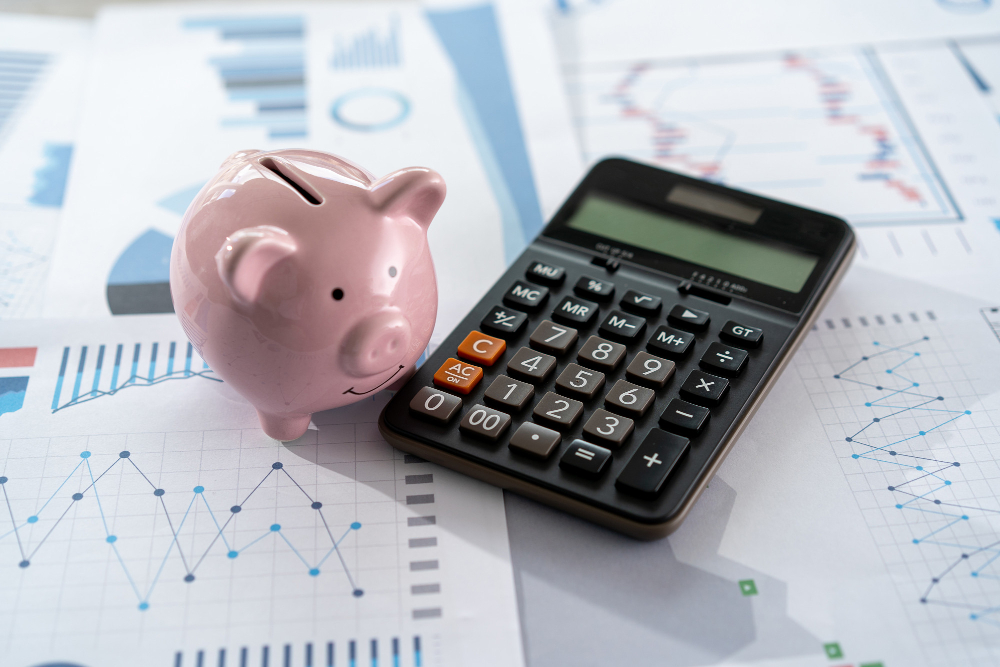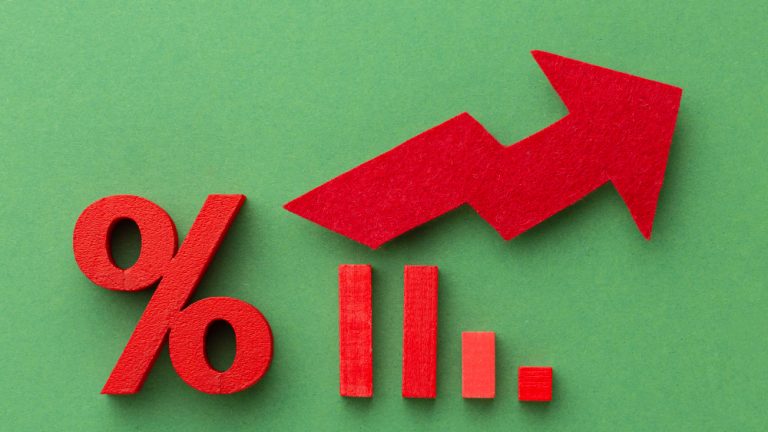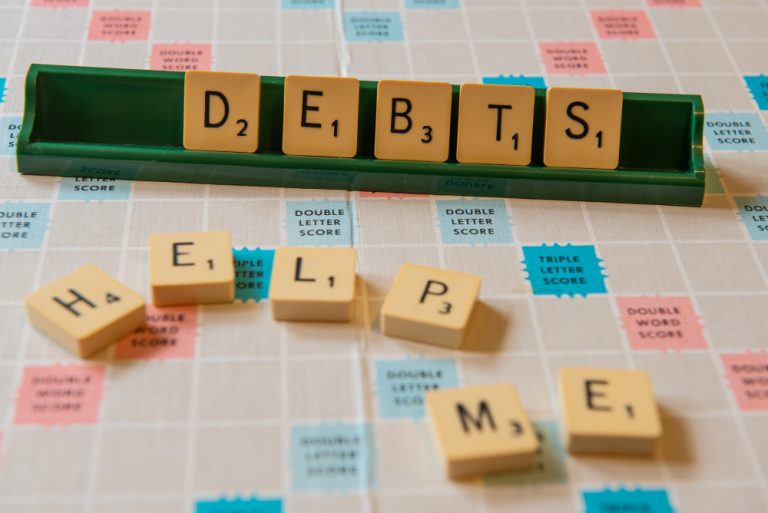How to create a personal budget and track your expenses
Creating a personal budget is one of the best ways to ensure you have proper control over your finances. Excessive debt and lack of savings are common problems, but a budget allows you to know exactly how much money you have available to spend each month, helping you avoid excessive debt and better plan for your financial future.
In this post, we will show you how to create a personal budget and track your expenses.
Why is having a budget important?
Before starting, it is important to understand why having a personal budget is important. A budget helps you to:
- Knowing exactly how much money you have available to spend each month
- Controlling your expenses and avoiding excessive debt, which is a common problem for citizens everywhere.
- Saving money for long-term goals, such as buying a home or retirement, which can be especially important in a country with high unemployment and a volatile economy.
- Identifying spending patterns and areas where you can reduce your expenses, which is especially useful in a society where the cost of living can be high.
- Having better control over your money and increasing your savings capacity, which is especially important in a society where savings are low compared to other European countries.

How to create a personal budget
Creating a personal budget is not difficult, but it requires some work and dedication. Follow these steps to create your own personal budget:
Step 1: Gather all necessary information
Before creating your budget, you need to gather all the necessary information. This includes:
- Your incomes: this can include your salary, additional income such as part-time jobs or business income, among others.
- Your expenses: includes all of your monthly expenses, such as bills, rent, food, transportation, among others.
- Your debts: includes all of your debts, such as student loans, credit cards, among others.
Step 2: Determine your income and expenses
To create your budget, you need to determine your income and expenses. Start by listing all your sources of income, such as your salary, side jobs, or any additional income you receive. Then, list all of your monthly expenses, including rent, utilities, groceries, transportation, entertainment, and any other expenses you have.
Once you have a complete list of your income and expenses, subtract your total expenses from your total income. This will give you an idea of how much money you have left over each month.
Step 3: Establish your financial goals
Once you have determined your monthly surplus or deficit, it’s time to establish your financial goals. If you have a surplus, you can allocate some of that money towards saving for long-term goals. If you have a deficit, you will need to identify areas where you can reduce your expenses to balance your finances.
Paso 4: Crea un plan de gastos
With your financial goals in mind, it’s time to create a spending plan. To do this, follow these steps:
- Divide your expenses into categories: group your expenses into categories such as housing, transportation, food, leisure, among others.
- Assign a budget to each category: set a monthly budget for each category based on your income and financial goals. It is important to be realistic when setting budgets.
- Prioritize your expenses: if your income does not cover all of your expenses, prioritize those expenses that are most important and cut back on those that are less essential.
Step 5: Track your expenses
Once you have created your spending plan, it’s important to track your expenses. Record all your expenses in a journal or use an expense tracking app to keep a detailed record of what you have spent. This will allow you to see where you are spending the most money and where you can cut back on your expenses. Moreover, tracking your expenses will help you stick to your budget and maintain proper control over your finances.
Step 6: Make adjustments if necessary
After tracking your expenses for several months, you may need to make some adjustments to your budget. If you are spending more than you can afford in a particular category, you can reduce your expenses in that area or adjust your budget to reflect your actual spending. Remember that your budget is not an immutable law, but a guide to help you control your finances.

Conclusion
Creating a personal budget and tracking your expenses can be a tedious task, but it is an essential part of maintaining a healthy financial life. When excessive debt and lack of savings are common problems, a budget allows you to have proper control over your finances, avoid excessive debt, and better plan your financial future. Follow these steps to create your own personal budget and track your expenses to have a clear idea of your spending habits and how you can improve them.







